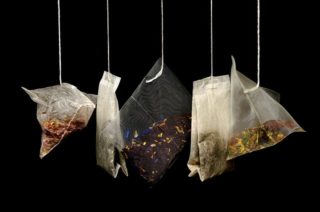
5 Highly Nutritive Herbal Teas
You’ve heard one of the secrets of youth and health is staying mineralized. Minerals are one of the pillars of physical health. Rather than taking a supplement, why not consider drinking an herbal tea high in minerals? It is a great way to get more water in your diet as well as to have the herbal benefits. Here are some of the highest nutritive herbs to use in a tea to help remineralize your body.

To get the best benefit out of your tea, you must follow a simple process to keep the goodness in your cup.
- Bring good water to almost a boil
- Place your herb in your mug (usually 1-2 tsp per cup) in a tea ball or reusable tea bag
- Pour the almost boiling water into your cup
- Cover and steep your tea for a minimum of 20 minutes (4 hours makes a very strong, herbal tea)
- Gently reheat your tea should you prefer it warmer
- Add any additions (raw honey, fresh lemon juice, maple syrup, etc) and enjoy
The Herbs
Alfalfa
Medicago sativa is nicknamed the king of herbs. It is a bitter, tonic herb that affects the digestive, circulatory, and structural systems.
Some of its properties are bitter, stomachic, general tonic, antipyretic, alterative, and diuretic.
According to Mark Pedersen’s Nutritional Herbology (2010 Whitman Publications), this is the breakdown of alfalfa’s nutrition.
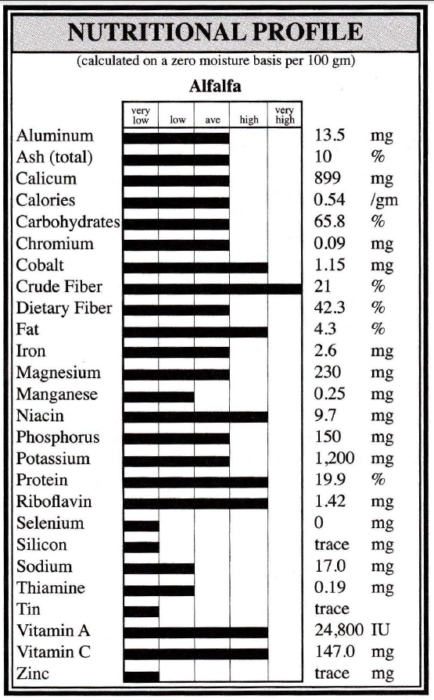
Capsicum
Capsicum annum is a spicy herb. It is a stimulating aromatic that affects the digestive and circulatory systems.
Some of its properties are aromatic, stimulant, astringent, diaphoretic, antispasmodic, circulatory tonic, carminative, and rubifacient.
According to Mark Pedersen’s Nutritional Herbology (2010 Whitman Publications), this is the breakdown of capsicum’s nutrition.
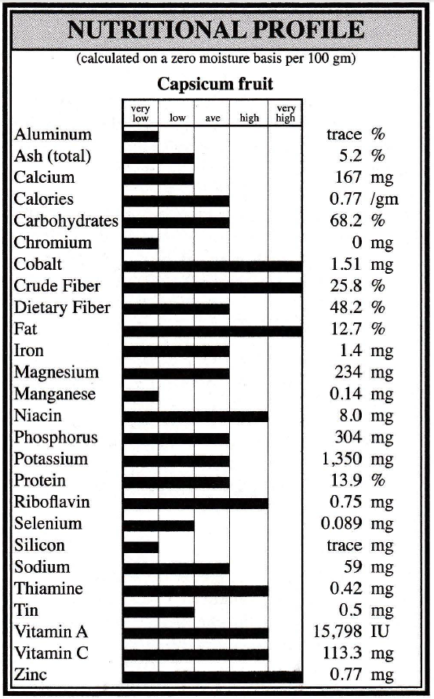
Catnip
Nepeta cataria is also called nep, catmint, and cat’s wort. It is a a sedating aromatic that affects the nervous and digestive systems.
Some of its properties are aromatic, sedative, antispasmodic, carminative, and emmenogogue.
According to Mark Pedersen’s Nutritional Herbology (2010 Whitman Publications), this is the breakdown of catnip’s nutrition.
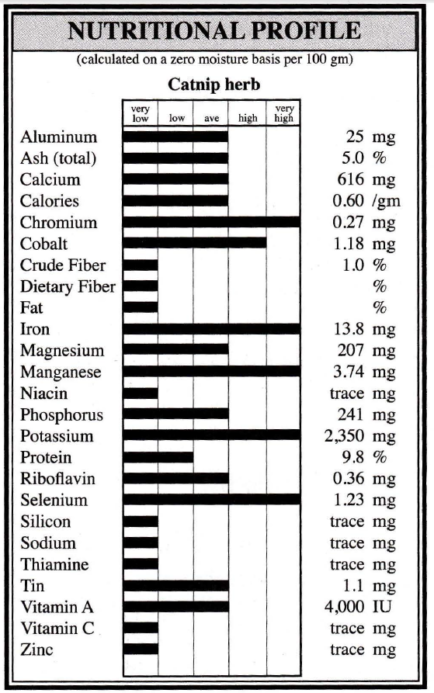
Kelp
Fucus vesiculosis is actually an algae. It is a wonderful source of iodine and affects the glandular (especially thyroid) and digestive systems.
Some of its properties other than being an iodine source are demulcent, mucilaginous, and emollient.
According to Mark Pedersen’s Nutritional Herbology (2010 Whitman Publications), this is the breakdown of kelp’s nutrition.

Nettle
Urtica dioica is also called stinging nettle. It is a bitter herb with an affinity for the urinary system. The leaves are great for the bladder and kidneys, the seeds are great for the adrenals, and the root is great for the prostate. It affects the urinary, respiratory, digestive, and glandular systems.
Some of its properties are bitter, diuretic, hemostatic, antitumor, antiseptic, emmenagogue, expectorant, vermifuge, and antispasmodic.
According to Mark Pedersen’s Nutritional Herbology (2010 Whitman Publications), this is the breakdown of nettle’s nutrition.
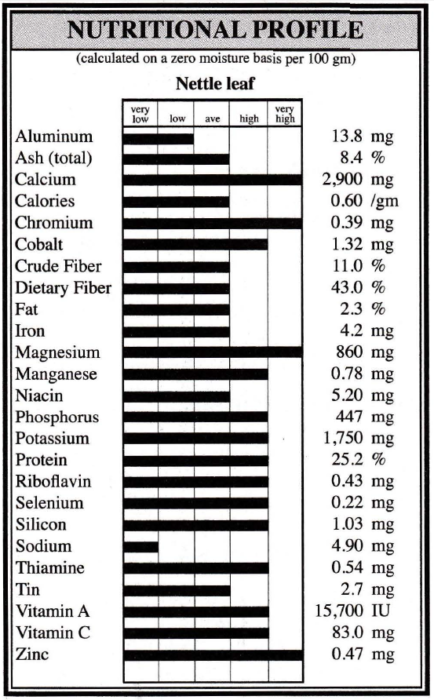
Need more help? Schedule an appointment with Dr. Hartford today!
Be sure to subscribe to our newsletter for even more herbal tea goodness.
Note: Everything here is for information only. This is not meant to treat or diagnose any medical condition. Seek a qualified medical professional.

